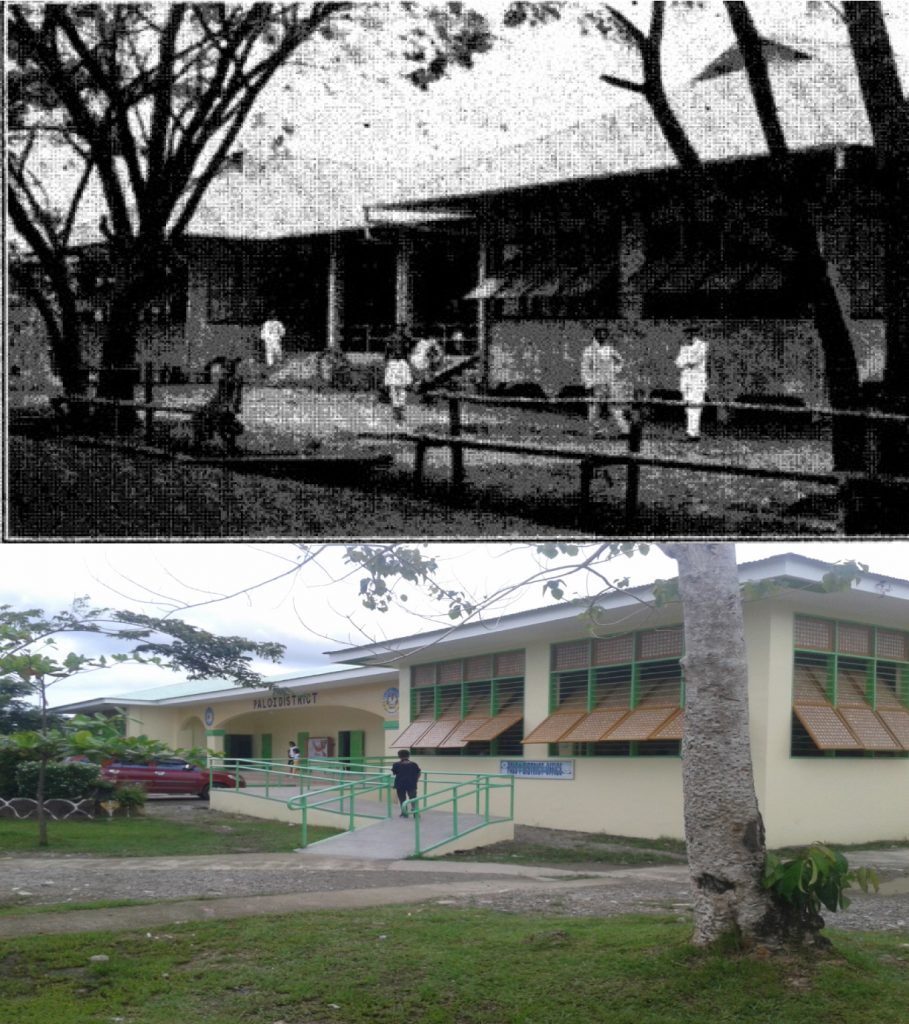
As an integral piece in the “Philippine Pacification Strategy” of the United States of America, the Philippine Commission passed Act # 74 on January 21, 1901, which introduced the public school system in the country through the Department of Public Instructions.
To compensate for the shortage of educators, American teachers were brought in from the United States on board the transports, U.S.S. Thomas and Sheridan.
The “Thomasites,” as they came to be known owing to the fact that majority of them arrived on the U.S.S. Thomas, quickly fanned all over the country, setting up schools in far-flung localities.
Thomasite couple Harry and Mary Cole of Michigan arrived and set up the first public school in Palo in 1901 at Barangay Buri. It was housed in a residential place of the Guasa Clan until their departure in 1902.
As the number of pupils increased, the school gradually relocated to the site where Palo I Central School is now located.
A bill sponsored by assemblyman Isauro Gabaldon of Nueva Ecija was enacted into law as Act #1801 known as the “Gabaldon Law” by Philippine Assembly on October 16-17, 1907.
It provided an initial appropriation of P 1million between 1907 – 1915 for the construction of schoolhouses of strong materials called “Gabaldon Schoolhouses” or simply “Gabaldons” in in barrios with guaranteed daily attendance of not less than 60 pupils.
In 1912, at the behest of the Bureau of Public Works and the Bureau of Public Schools, Yale University alumnus, William Parsons, came up with 15 standardized plans/designs of the Gabaldons (earlier designs succumbed to the earthquake, typhoons, and termites) with their corresponding cost estimates.
The Gabaldon building in Palo 1 Central School was constructed following the specifications of standard plan # 6 and was completed in 1914 at a cost of P 10,500. The structure was elevated above ground with four 4m x 9m classrooms on both ends, a 9m x 14m assembly area at the center and a 3m x 14m front porch. Its hip roof style and swinging ‘capiz’ window panels were in deference to our indigenous “bahay kubo.”
For almost a century, the Gabaldon provided for the basic educational and instructional needs of the good people of Palo, producing a countless number of graduates who excelled in their chosen fields with some of them gaining national limelight.
This was slightly interrupted at the outbreak of World War II when it was occupied as a garrison by the Japanese Imperial Forces from July 1942 until its “Liberation” on October 20, 1944.
Her resilience and sturdiness that enabled her to withstand the ravages of war and battery of the violent forces of nature such as earthquakes, floods and typhoons proved no match to the diminutive termites which made it imperative for her to undergo several “face-liftings”.
At the turn of the millennium, District Supervisor Norma Yee had the assembly area repaired and renovated with the addition of a miniature stage and a mural backdrop. In 2012, District Supervisor Crisanto Daga implemented repairs on the right wing after its entire wooden flooring collapsed.
November 8, 2013, put her at risk of being mothballed like her predecessors and contemporaries before her when supertyphoon’ Yolanda’ totally ripped off her entire roofing and rendered it unusable.
For three long years, it was anxiously waiting for whatever fate may befall on her. Finally, in the latter part of 2016, the Education Facilities Division of the Department of Education commenced repairs and restoration which was completed in June of 2017.
Hopefully, this newly restored Gabaldon will create in us a sense of gratitude and profound appreciation for it and the people who set the pillars of nurturing the minds, hearts and noble aspirations of the Palon – on and instil a sense of pride of the patrimony, rich cultural heritage, and history our “Mother Town Beloved.”
About the author: Fidelino M. Josol, 49, is a member of the Philippines National Historical Society and the National Historical Institute. Currently, he is a secondary school Social Science teacher at Palo National High School in Palo, Leyte.



